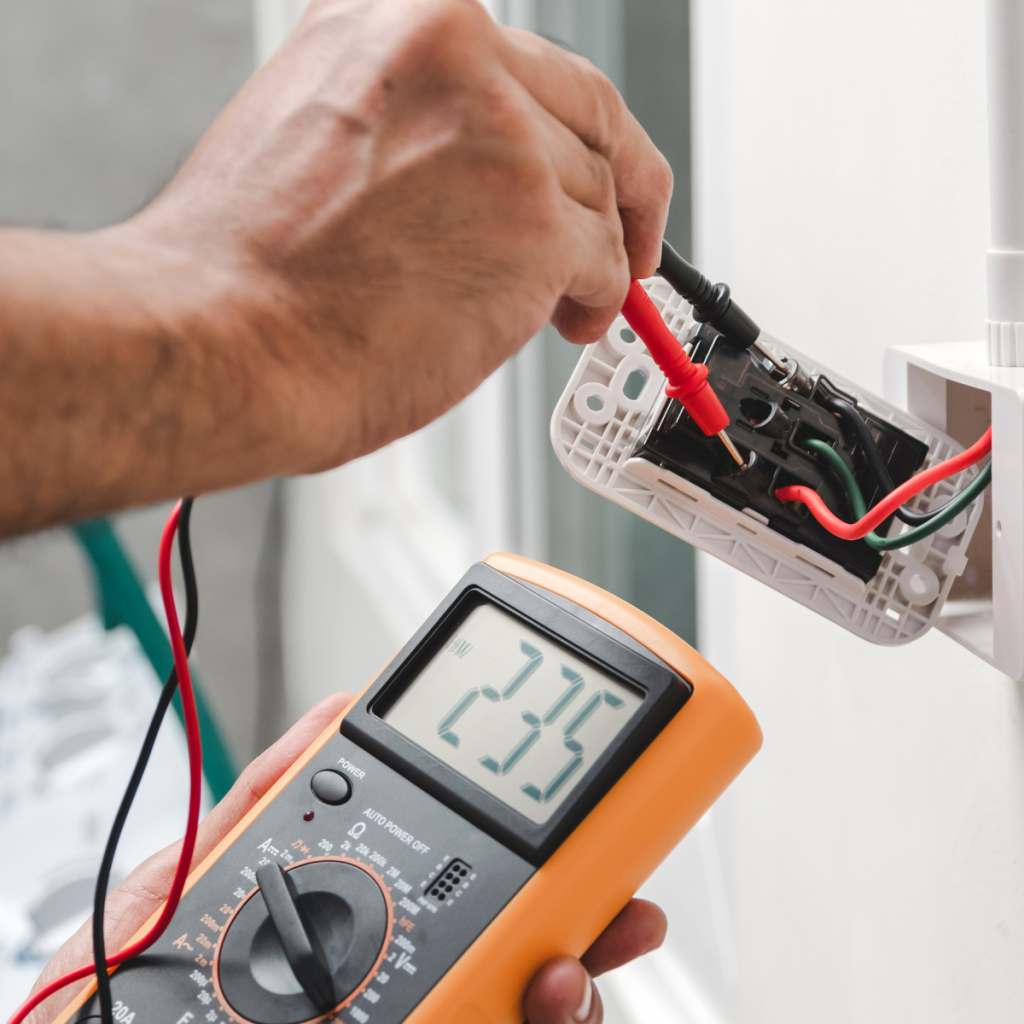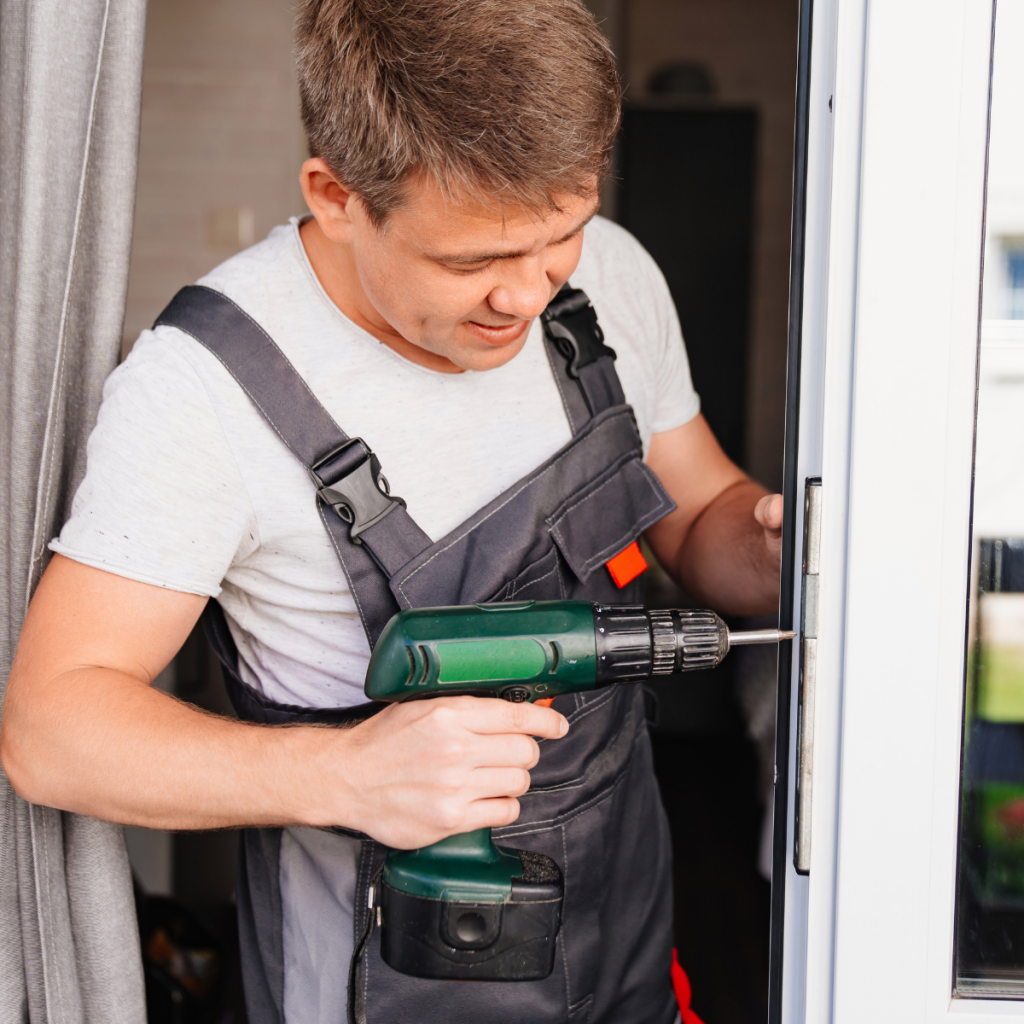DIY fixes have gained popularity due to their convenience and cost-effectiveness. From fixing small electronic gadgets to addressing plumbing issues, many people opt to take matters into their own hands. However, it’s important to know when a simple fix is enough and when you should call in a professional. Attempting to handle complex issues without the right expertise can result in further damage or even injury. In this article, we’ll help you distinguish between minor DIY repairs and more serious problems that require expert intervention, so you can make informed decisions and avoid unnecessary costs or safety hazards.
1. Assessing the Problem’s Complexity
The first step in deciding whether a repair requires professional help or can be managed on your own is to evaluate the complexity of the issue. Simple problems often have straightforward solutions, while more complicated ones may require advanced tools or expertise.

How to Fix It:
If your device or system is showing minor issues, such as a slow-running laptop or a dripping faucet, these are typically problems that can be solved with basic tools and know-how. For instance, cleaning your laptop’s cooling fan or replacing a worn-out faucet washer is something most homeowners can do without professional assistance.
However, if you’re dealing with more complex issues, such as frequent system crashes on a computer or sudden power failures in your home, these may be caused by deeper technical or electrical problems that require professional intervention.
2. Evaluating Safety Risks
Safety should always be a priority when handling repairs. If you’re attempting a fix that involves electrical components, plumbing, or other hazardous materials, it’s essential to weigh the potential safety risks. Inexperienced handling of such issues can result in injury or further damage.
How to Fix It:
For issues like malfunctioning electrical systems, exposed wires, or leaking gas pipes, the safest course of action is to hire a licensed professional. Even for relatively small issues, like a short circuit or a water leak, trying to fix them without the proper knowledge can lead to dangerous consequences, such as fire hazards, flooding, or electrocution.
When in doubt, always err on the side of caution. Professionals have the proper training to safely address these problems, ensuring you avoid risk to yourself and your property.
3. Time and Effort Involved
DIY fixes can save you time and money, especially if the problem is minor and straightforward. However, some repairs can take longer than anticipated, particularly if you’re not familiar with the necessary steps or don’t have the right tools. It’s important to assess whether the time spent on a DIY fix is worth it or if it’s better to call a professional for a quicker resolution.
How to Fix It:
If the repair is minor, such as changing a light bulb, fixing a door handle, or cleaning out clogged vents, it’s a quick and easy DIY project. For more involved repairs, like fixing a broken refrigerator or diagnosing a faulty motherboard in your laptop, these tasks may require more time and effort than you’re prepared to invest.
Professionals not only have the expertise to handle repairs efficiently but also have access to specialized tools that can speed up the process. If you’re looking for a fast resolution and minimal hassle, hiring a professional might be the better option.
4. Identifying Signs of Serious Damage
Sometimes, a visible sign of damage can help you determine whether the issue can be fixed yourself or requires an expert. Small cosmetic damage, like a scratch on your phone’s screen, may be fixable with the right DIY kit. However, more serious damage, such as a cracked motherboard or a gas leak, requires professional repair.

How to Fix It:
If your device or appliance shows signs of severe damage—such as cracks, smoke, or sparks—this indicates a deeper issue that DIY fixes can’t address. For example, if your computer screen is completely shattered or your washing machine is leaking large amounts of water, these are signs of serious damage that require professional repair.
Trying to fix major damage yourself can lead to further complications, so it’s essential to recognize when it’s time to call in an expert.
5. Considering Manufacturer Warranties and Service Agreements
Many products come with warranties or service agreements that cover repairs for a specific period. If your device is still under warranty, attempting a DIY repair could void the warranty and leave you without coverage for future issues.
How to Fix It:
If you’re dealing with an issue on a product that’s under warranty, always check the terms and conditions before attempting any repairs. Many manufacturers will repair the item for free or at a reduced cost if the issue falls within the warranty period.
By choosing a professional repair service endorsed by the manufacturer, you ensure that your warranty remains intact and that any future issues are covered. For instance, a laptop warranty may cover free repairs for specific issues, but opening the device or replacing parts on your own could void that coverage.
6. Your Skill Level and Tools Available
DIY repairs require a certain level of expertise and the right tools. While some repairs can be tackled with basic tools like a screwdriver or a wrench, more advanced fixes often require specialized equipment. If you’re not confident in your skills or don’t have access to the proper tools, attempting a repair could make the problem worse.
How to Fix It:
Before starting any repair, evaluate whether you have the required skills and tools. For example, fixing a leaky pipe may require more than just a pipe wrench—it may require sealant or specialized parts. Similarly, attempting to repair your laptop’s motherboard without the right equipment and knowledge could lead to permanent damage.
If the problem involves specialized equipment or you’re unsure of your skills, calling a professional will ensure that the job is done correctly and safely.
7. Assessing the Cost of the Repair
While DIY repairs are often seen as a cost-effective option, sometimes the cost of parts or tools for a complex fix can exceed the price of professional services. If the repair requires purchasing expensive parts or specialized equipment, it may be more economical to hire a professional.
How to Fix It:
When considering a DIY fix, it’s essential to evaluate the cost of any replacement parts you need. For example, if you’re trying to repair a broken laptop screen, the cost of the replacement part may be higher than the cost of hiring a professional to do the job.
In cases where the repair requires significant investment in parts or equipment, or if you’re unsure how to properly execute the repair, hiring a professional might be the more economical choice.
8. Recognizing When Professional Expertise Is Required
Some repairs are simply beyond the scope of most DIY-ers, requiring specific knowledge, skills, and certifications. For example, repairing HVAC systems, large appliances, or vehicles involves intricate knowledge and can result in significant damage if not done properly.
How to Fix It:
If the problem involves complex systems such as your car’s engine, a malfunctioning HVAC unit, or a complicated plumbing issue, professional expertise is essential. These repairs often involve dealing with delicate parts, regulations, or safety risks that require the experience of trained professionals.

In these cases, attempting the repair yourself could not only cause more damage but also result in costly repairs down the road. It’s always best to call a professional for these types of issues.
Conclusion
Knowing when to attempt a DIY fix and when to seek professional help is crucial for ensuring your repairs are effective, safe, and cost-efficient. Minor repairs, such as cleaning a clogged drain or replacing a light bulb, can be easily handled on your own with the right tools and skills. However, more complex issues, like electrical faults, severe damage, or problems covered by a warranty, require the expertise of a professional.
By evaluating factors such as complexity, safety, cost, and available tools, you can make an informed decision on whether to tackle a repair yourself or call in an expert. Always prioritize safety and efficiency to protect your devices, your home, and yourself.

Leave a Reply